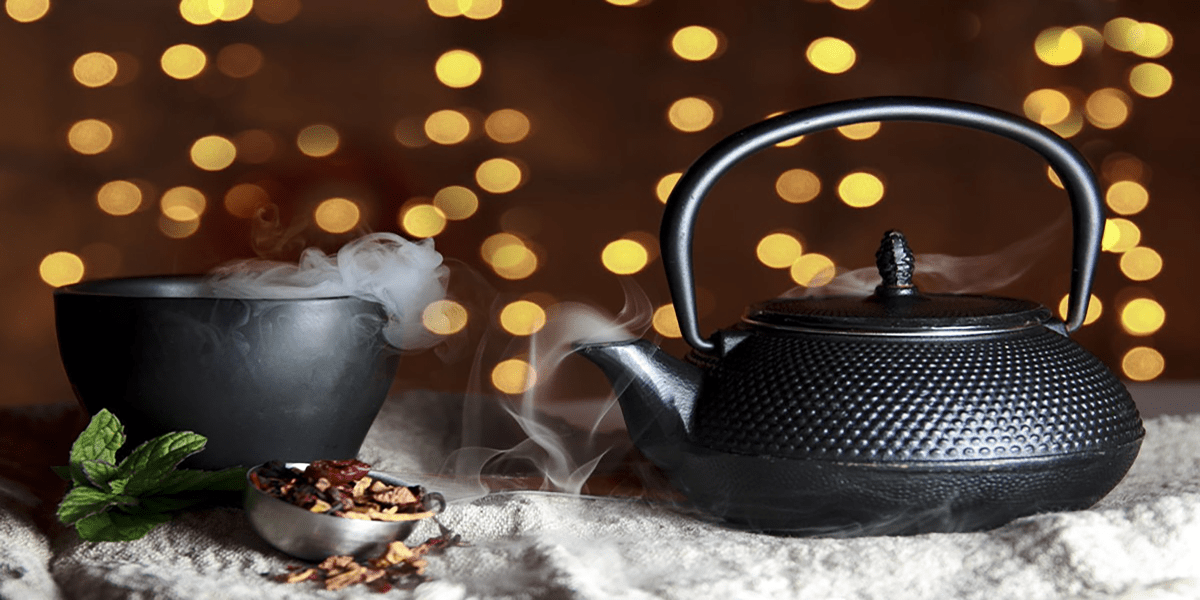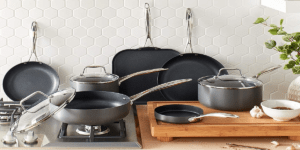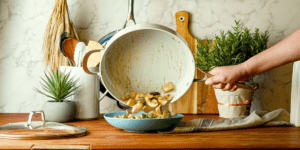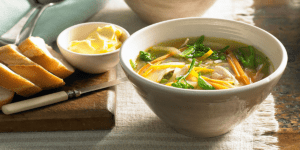Pour Perfection: Navigating the World of Teapots for Ultimate Tea Enjoyment
Introduction: Tea is not just a beverage; it’s a ritual, an experience that transcends the ordinary. And at the heart of this ritual is the teapot, a vessel that plays a crucial role in the preparation and enjoyment of tea. Choosing the right teapot can significantly enhance your tea-drinking experience, allowing you to savor the flavors and aromas to their fullest. In this guide, we will explore the key factors to consider when selecting the perfect teapot for your brewing needs.
Material Matters: One of the first decisions to make when choosing a teapot is the material. Each material imparts a distinct character to the tea and requires different care. Common teapot materials include:
Ceramic:
Pros: Excellent heat retention, wide variety of designs and colors.
Cons: Can be heavy, may break if dropped.
Glass:
Pros: Allows you to see the tea brewing, does not retain flavors, lightweight.
Cons: Fragile, can get hot to the touch.
Cast Iron:
Pros: Excellent heat retention, durable, traditional aesthetic.
Cons: Heavy, requires seasoning to prevent rust.
Clay (Yixing or Purple Clay):
Pros: Enhances the flavor of tea over time, retains heat well.
Cons: Should be dedicated to one type of tea, can be expensive.
Size and Capacity: Consider the size and capacity of the teapot based on your tea-drinking habits. If you enjoy solitary tea sessions, a smaller teapot may be ideal, while larger gatherings may require a bigger pot. Ensure that the teapot is large enough to accommodate the quantity of tea leaves or tea bags you intend to use.
Shape and Design: The shape and design of a teapot can significantly impact the brewing process. Some teapots are designed with a wide base to allow tea leaves to unfurl fully, while others have a more compact shape for better heat retention. Additionally, the spout’s design affects the pour, ensuring a smooth and controlled flow of tea without dripping.
Handle and Pouring: The handle of the teapot should provide a comfortable grip, especially when the pot is hot. A well-designed handle ensures easy and controlled pouring. Some teapots also feature ergonomic handles or handles that stay cool to the touch, enhancing the overall user experience.
Infuser or No Infuser: Teapots may come with or without an infuser, a removable mesh or perforated basket that holds loose tea leaves. If you prefer the convenience of loose tea but want to avoid debris in your cup, a teapot with an infuser is a great choice. However, if you primarily use tea bags, a teapot without an infuser may be more suitable.
Cleaning and Maintenance: Consider the ease of cleaning when choosing a teapot. Dishwasher-safe teapots can simplify the cleaning process, while some materials, like Yixing clay, require special care to develop a patina and enhance the flavor of the tea.
Conclusion: Selecting the right teapot is a personal journey that combines practicality with aesthetics. By considering factors such as material, size, shape, and design, you can find a teapot that complements your tea-drinking preferences. Invest in a quality teapot, and let it become an integral part of your tea ritual, enhancing the joy and mindfulness that tea brings to your life.
- Consider the material based on your tea preferences – ceramic for versatility, glass for visibility, or cast iron for heat retention.
- Choose an appropriate size and capacity for your tea-drinking habits.
- Prioritize features like a comfortable handle, well-designed spout, and ease of cleaning, aligning with your personal style and budget.
A ceramic teapot is a versatile choice, offering excellent heat retention and a wide variety of designs. If transparency is preferred, a glass teapot allows you to observe the brewing process. For a traditional aesthetic and robust heat retention, a cast iron teapot is a durable option, though it requires seasoning to prevent rust.
The best material for a teapot depends on personal preferences and intended use. Ceramic teapots are versatile, retaining heat well and coming in various designs. Glass teapots are ideal for those who enjoy visually observing the tea brewing process, while cast iron teapots excel in heat retention and offer a traditional aesthetic. Yixing clay teapots are renowned for enhancing the flavor of tea over time but should be dedicated to one type of tea. Ultimately, the best material is subjective, considering factors such as heat retention, aesthetics, and personal brewing habits.




